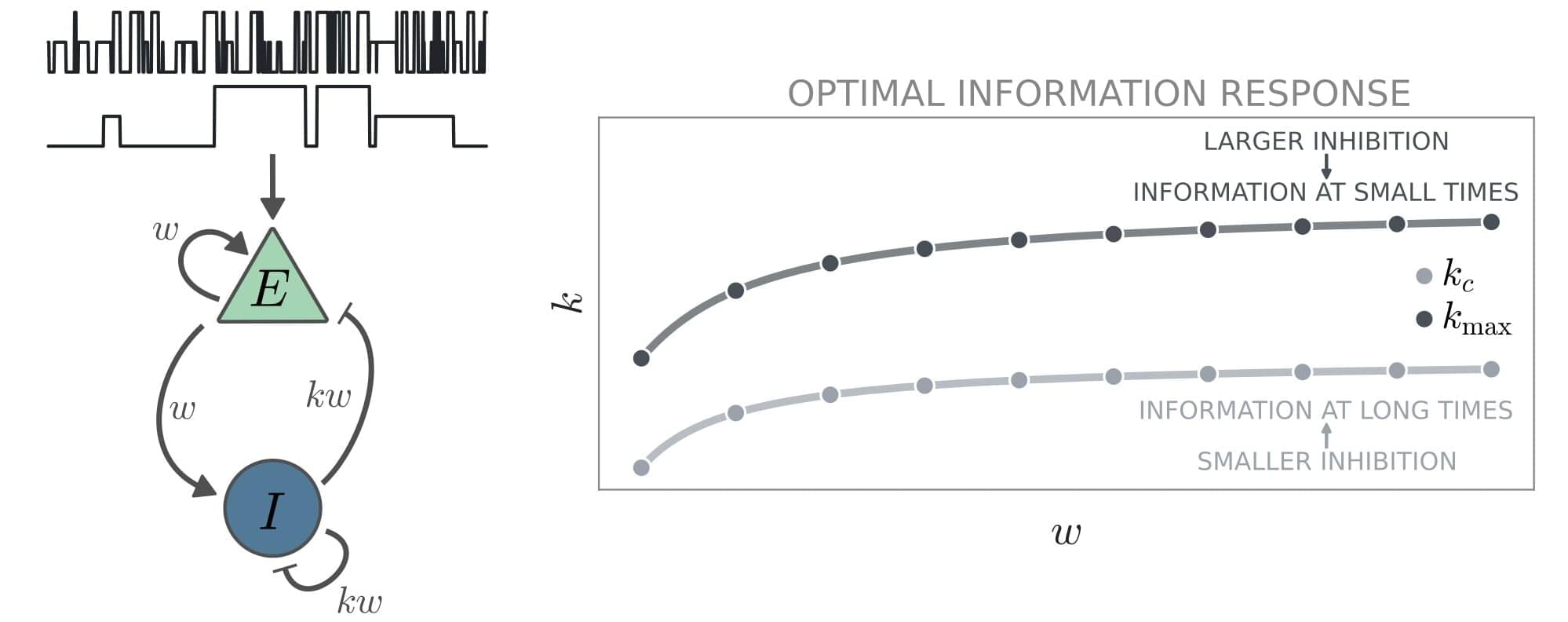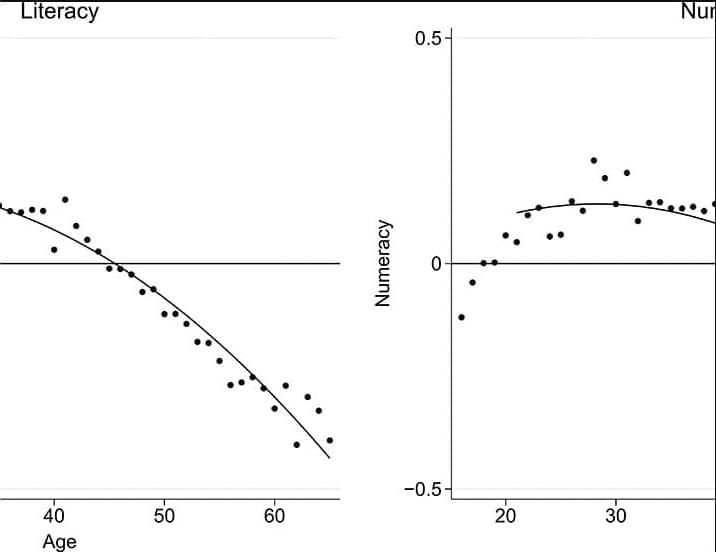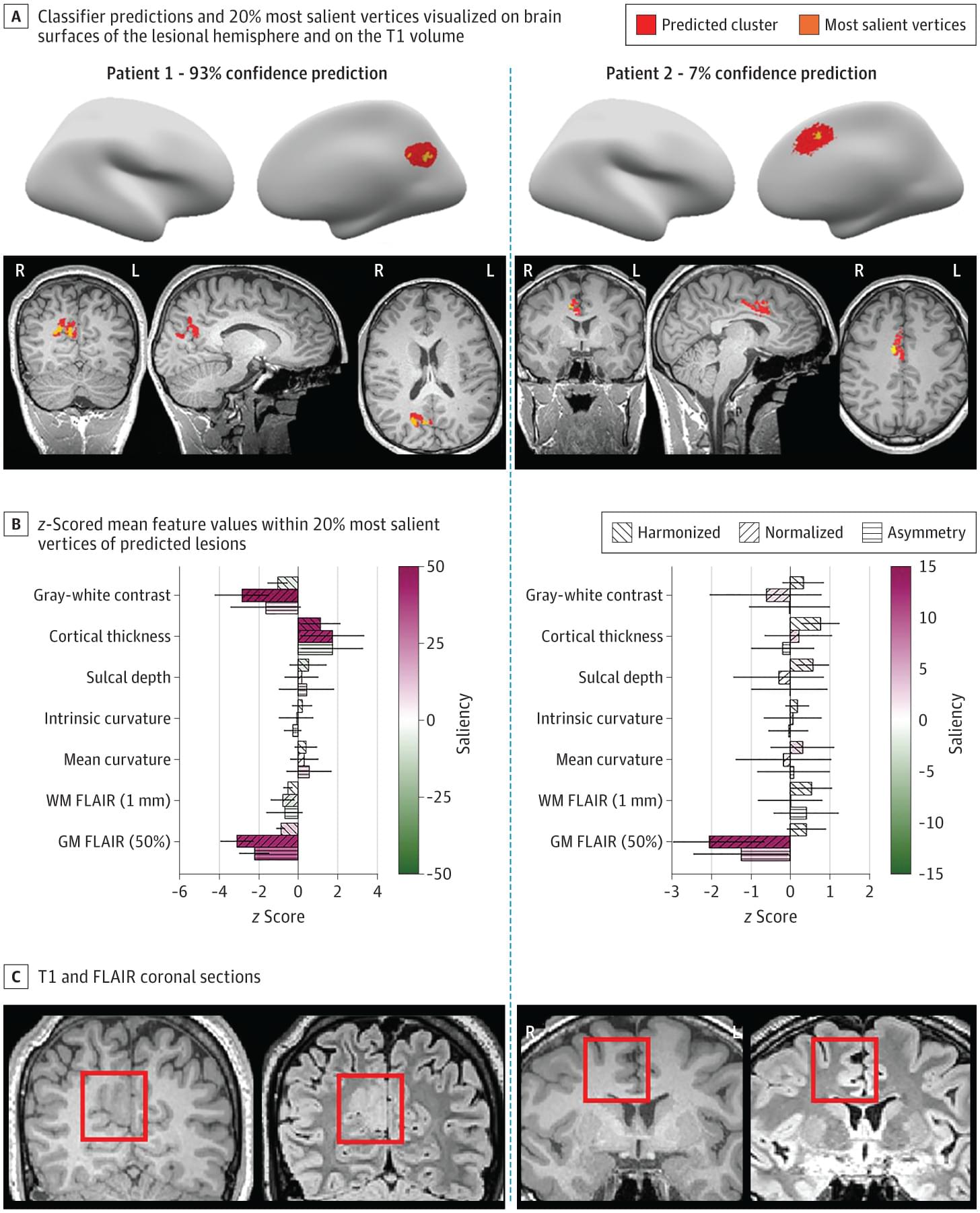Microsoft exposes a malvertising campaign impacting 1M+ devices, using GitHub, PowerShell, and RATs for data theft.



The brain’s ability to process information is known to be supported by intricate connections between different neuron populations. A key objective of neuroscience research has been to delineate the processes via which these connections influence information processing.
Researchers at the University of Padova, the Max Planck Institute for the Physics of Complex Systems and École Polytechnique Fédérale de Lausanne recently carried out a study aimed at better understanding the contribution of excitatory and inhibitory neuron populations to the brain’s encoding of information. Their findings, published in Physical Review Letters, show that information processing is maximized when the activity of excitatory and inhibitory neurons is balanced.
“Our research was inspired by a fundamental question in neuroscience: how does the structure of the brain shape its ability to process information?” Giacomo Barzon, co-author of the paper, told Medical Xpress. “The brain continuously receives and integrates sensory inputs, and neurons do not act in isolation—they are part of complex, recurrent networks. One particularly intriguing feature of these networks is the balance between the activity of excitatory and inhibitory neurons, which has been observed across different brain regions.”
China is investing heavily in a new form of electronic warfare called cognitive EW but is the U.S. and rest of the world falling behind?
Berzerkers.
An exploration of what an alien robot might look like.
My Patreon Page:
https://www.patreon.com/johnmichaelgodier.
My Event Horizon Channel:

Researchers at ETH Zurich have developed a new technique to better understand how electrons interact within materials. By using a moiré material — created by twisting ultra-thin atomic layers — they generated an artificial crystal lattice in a nearby semiconductor, allowing for more precise studies of electron behavior.

Regular use of math and reading skills could prevent cognitive decline with age, according to a new Science Advances study.
Cognitive skills of the population such as literacy and numeracy are important not only for individual incomes but also for the economic growth of nations (2–6). As a result, the aging of world populations presents an economic concern if the commonly assumed declines of these skills with age hold.
We use longitudinal variation in individual literacy and numeracy skills for a representative adult sample to create age-skill profiles that credibly separate age from cohort effects. The pure age component that we derive provides a different perspective on the impacts of aging populations. Overall, our results are not consistent with a view that a natural law dictates an inevitable decline in these skills with age. Potential cognitive declines only occur at later ages and are not inevitable with usage of skills.
This is consolation for countries with aging populations, but avoidance of skill losses is not automatic and appears related to stimulation from skill usage. These results thus suggest that age-skill relationships of adults deserve policy attention, consistent with concerns about the necessity of lifelong learning.

Can the diagnosis of epilepsy-causing focal cortical dysplasias (FCD) be improved using state-of-the-art artificial intelligence?
This study evaluates the efficacy and interpretability of graph neural networks in automatically detecting focal cortical dysplasia lesions on magnetic resonance imaging scans.

New study from Wenxing Qin, Yuran Duan, Zhiqiang Hu, Yueru Hou, Daqian Xu and colleagues (Zhejiang University School of Medicine) unveils a novel mechanism by which the metabolic enzyme PCK1 hinders cGAS-STING activation by competitively consuming GTP, consequently fostering tumor immune evasion.
This study unveils a novel mechanism by which the metabolic enzyme PCK1 hinders cGAS-STING activation by competitively consuming GTP, consequently fosterin.

You may have noted that AI companions are an intriguing yet complex phenomenon in this modern age. This event has caused various psychological effects on the human mind, both beneficial and detrimental. With the rapid advancement of AI systems, including conversational interfaces, virtual personal assistants, and robotic companions, interactions with these technologies are increasingly influencing emotional well-being and social behavior. You must have watched the film “Her,” which highlights similar themes of companionship with an operating system.
Her follows Theodore, a lonely writer who develops a deep emotional connection with an AI assistant named Samantha. Unlike traditional AI, Samantha isn’t just a programmed voice—she learns, evolves, and expresses emotions, making Theodore feel truly seen and understood. Their relationship blurs the line between human and machine companionship, raising questions about whether AI can meet emotional needs the way real human relationships do. As Samantha grows beyond Theodore, the film explores what it means to love something that isn’t physically present and whether AI relationships can ever replace real human connection.
This article will explore the psychological effects of AI companions, their potential benefits, and the limitations of this technology.

Analysis of circulating tumour DNA (ctDNA) is commonly used for molecular profiling in patients with advanced-stage non-small-cell lung cancer (NSCLC). The authors of this Review summarize the available evidence on the potential utility of incorporating ctDNA in the management of those with early stage and locally advanced NSCLC and propose interventional studies to provide the necessary additional evidence.